Orosi
Heading southeast of San Jose, you can find yourself in a small village – Orosi, hidden amid green hills. It’s one of the oldest settlements established by the first Spanish settlers in Costa Rica. The valley’s climate and soil were perfect for agriculture, while River Reventazon provided the locals with freshwater supply.
Orosi is still inhabited with a population of around 5,000 people. It’s a very quiet place with a calm atmosphere – it feels like time here is frozen. In fact, this is where you can find Iglesia de San Jose de Orosi – the oldest still-active Catholic church, constructed in 1743.
With a monastery nearby, the church is open for tourists. A part of the building is set aside for a small museum, which displays interesting exhibits, including the first copies of the Bible brought by the Spaniards, priest robes of the time, and many other religious attributes.
The settlement is surrounded by large coffee plantations with plenty of observation platforms, revealing incredible views of the surrounding areas.
One of the most popular locations is the Mirador de Orosi hill. As you stand on its peak, it offers you a panoramic view of the valley, the river, and wooded hillsides.
There is a small area with benches, tables, gazebos and picnic areas on the observation platform.
On our way back from Orosi, we passed through Cartago and decided to stop for a meal there at Restaurante Marisquenado. The cuisine was surprisingly nice. For the first time we tried a whole deep-fried fish, while the boys were enjoying calamari and other seafood.
Restaurants and local cuisine
Costa Rican cuisine is not only considered to be delicious but also super simple and healthy, so we really wanted to try local delicacies.
One of the most popular local dishes are patacones – grated plantains fried in butter. They’re often eaten as a snack or garnish (these little patties are very filling). Rice and beans, stewed sweet vegetables, and fresh salads are what almost every local cafe offers its guests. However, finding a good restaurant was not easier than buying good quality food.
Fresh juices were practically the only thing that was always delicious no matter where you went. Pineapple, watermelon, coconut, guava – all these juices are offered practically on every corner at affordable prices.
Costa Ricans have their own special method of cooking fish: gutted fish are immersed into boiling oil – with head and tail – and fried until ready. We really liked deep fried fish with a crunchy crust.
However, you should be careful when trying street food. We can’t tell you how many times we saw chefs preparing salads and flatbread in street stalls with bare hands – no gloves or utensils.
Playa Herradura
We often visited another city – Playa Herradura. It’s a resort on the Pacific coast near a gulf of the same name. Only recently it was nothing more than a tiny village where the majority of the population was Costa Rican. But then US businessmen began to buy out these lands, gradually turning the village into a prestigious yachting and sport-fishing center.
We always stopped at the spot where the river flows into the ocean, and the salty seawater meets the fresh river water. Sometimes the water flows toward the ocean, but during high tides it flows backwards, flooding the river.
There are equipped beaches on either side of the river. Nearby is an equipped marina for boats, catamarans and yachts, so there isn’t a lot of swimming space. Nevertheless, the boys loved spending time here and splashing in the river, where the current would sway them from side to side.
There’s a Marriott hotel nearby with a large golf field. Robert and Michael Jr. enjoyed running around the green, freshly mowed lawns, playing in the soft grass and watching the colorful parrots that are abundant in this area.
Specifics of local mentality
After spending many months in Cyprus and Mexico, we thought were used to a sluggish lifestyle, but this word got a new meaning for us in Costa Rica. A humid aura reigns over the place.
In Mexico we learned the term “mañana”, which in Spanish means “tomorrow” or “morning” and is widely used in Spain and Latin America. It’s often used when you want to delay doing things today until tomorrow. However, while Mexicans really did try to keep their word and complete their tasks within 1-2 days, things were very different here. In Costa Rica, mañana could mean “next week” or in some cases – never. If we had to fix something in the house, order delivery or some service, we had to wait and then repeatedly remind them of our request. The prospect of getting paid did not motivate them at all. Everything was always postponed until as late as possible.
As strange as it may be, European expats living in Costa Rica gradually get used to this lazy atmosphere. It appears as though it’s easier for locals to relax and not do anything than “lift a finger” and earn some money.
All in all, Costa Rica lived up to our expectations. We expected to see nature in all its remarkable beauty, but we got so much more. Until this moment we never had the opportunity to live in places like that, where marmosets, parrots and scorpions would live so close to people. In countries we visited before, nature was controlled by humans in almost every aspect, but here people and nature coexist in harmony, as equals, which deserves nothing but respect.
Of course, this closeness has its own impact on the locals’ mentality, the country’s quality of services and infrastructure, but the incredible views and natural diversity compensate for all these drawbacks.
We only saw places that we could visit with two-year-olds (which only encompassed a minuscule part of Costa Rica’s treasures), but at least together we shared plenty of unforgettable memories, which is the most important thing.
Perhaps, we will return when the boys are old enough to climb the volcano with us and walk along the hanging bridges in the cloudy jungle. In the meantime, we returned the rented car (luckily there were no problems or fines) and headed to our next destination, planning to spend January in hot and sunny Argentina.

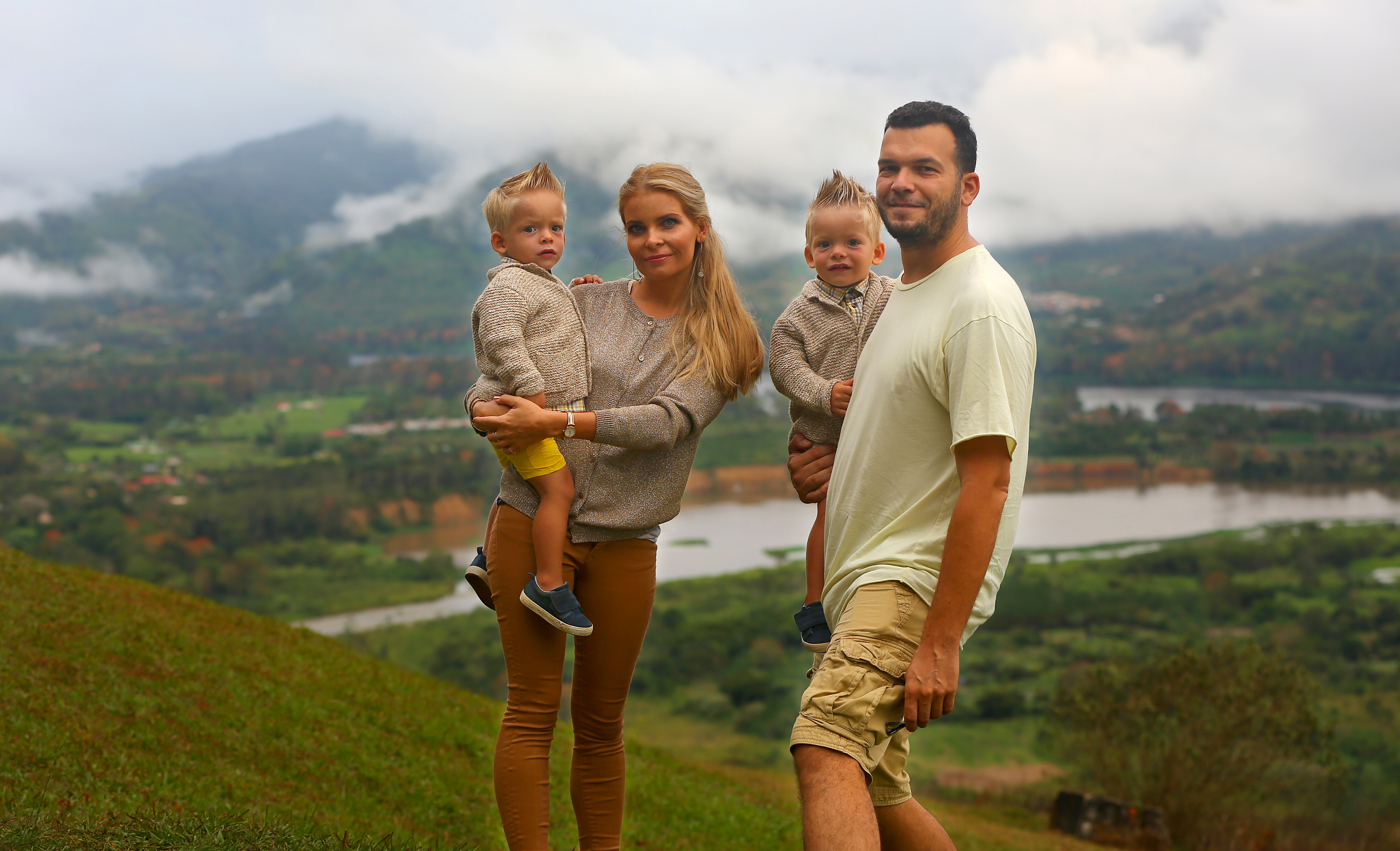
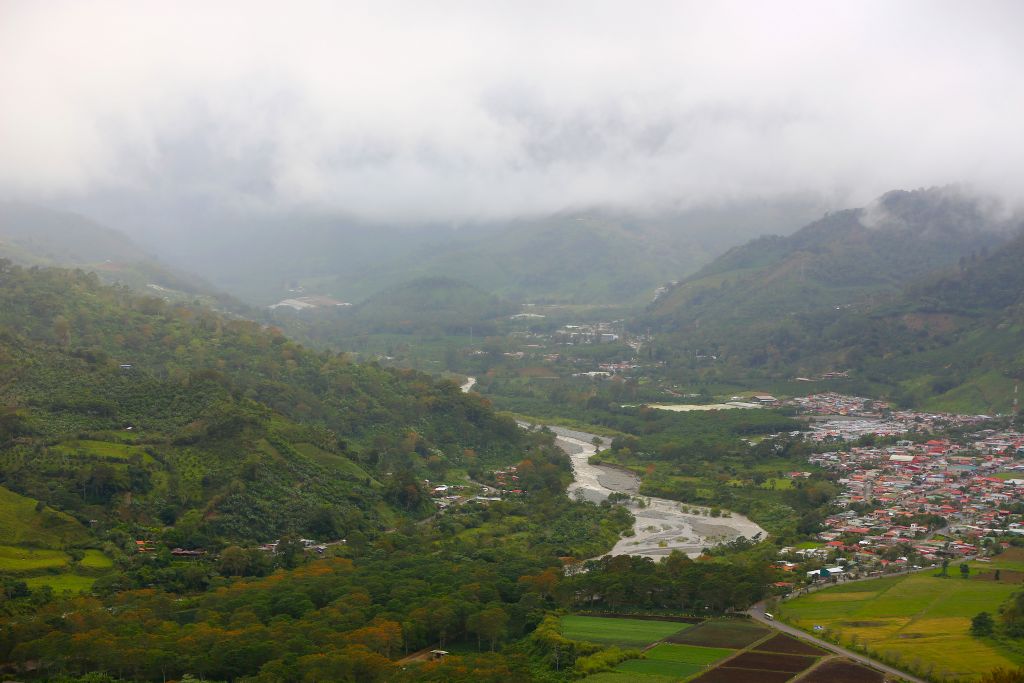
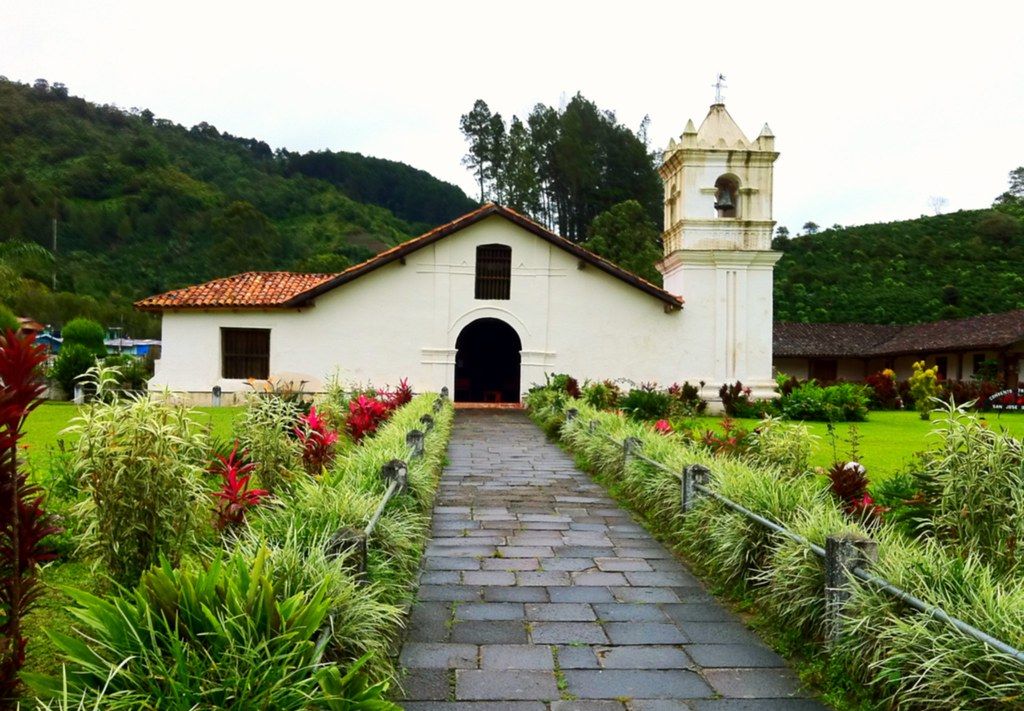
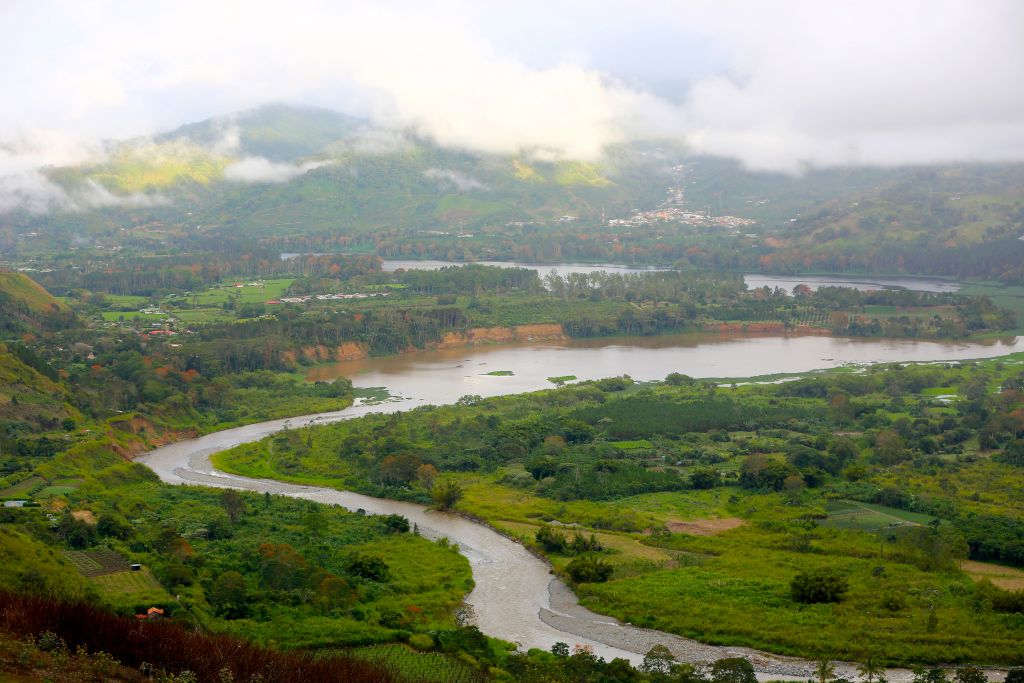
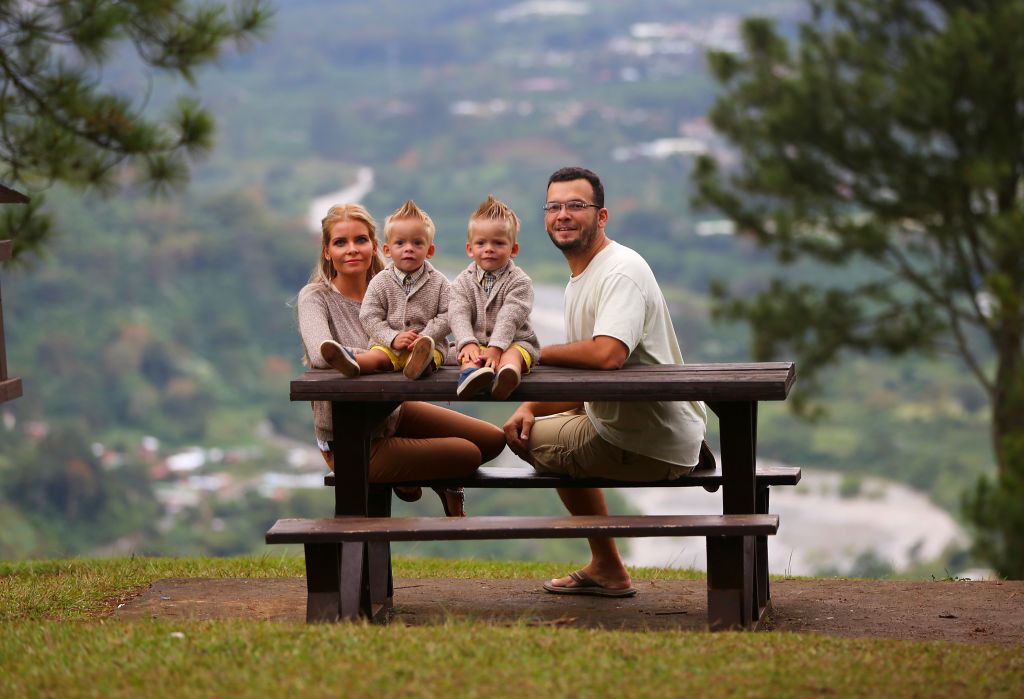
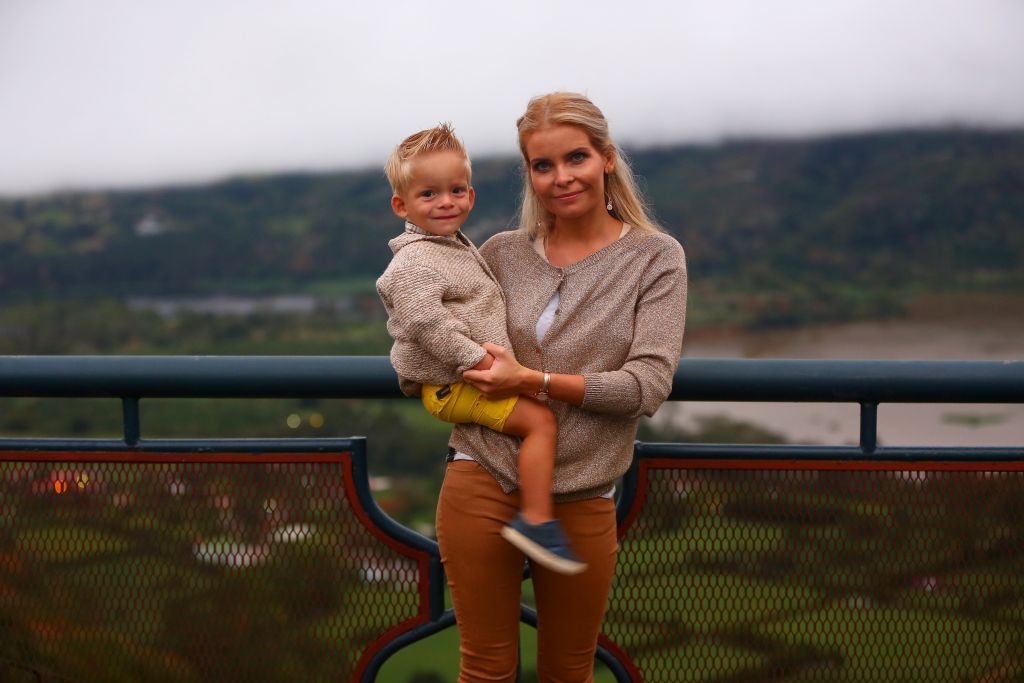
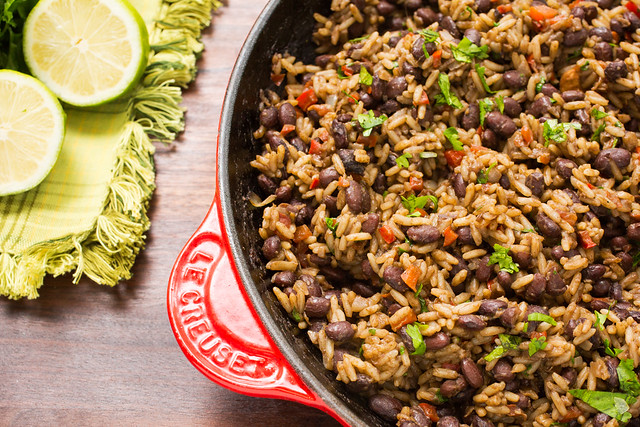
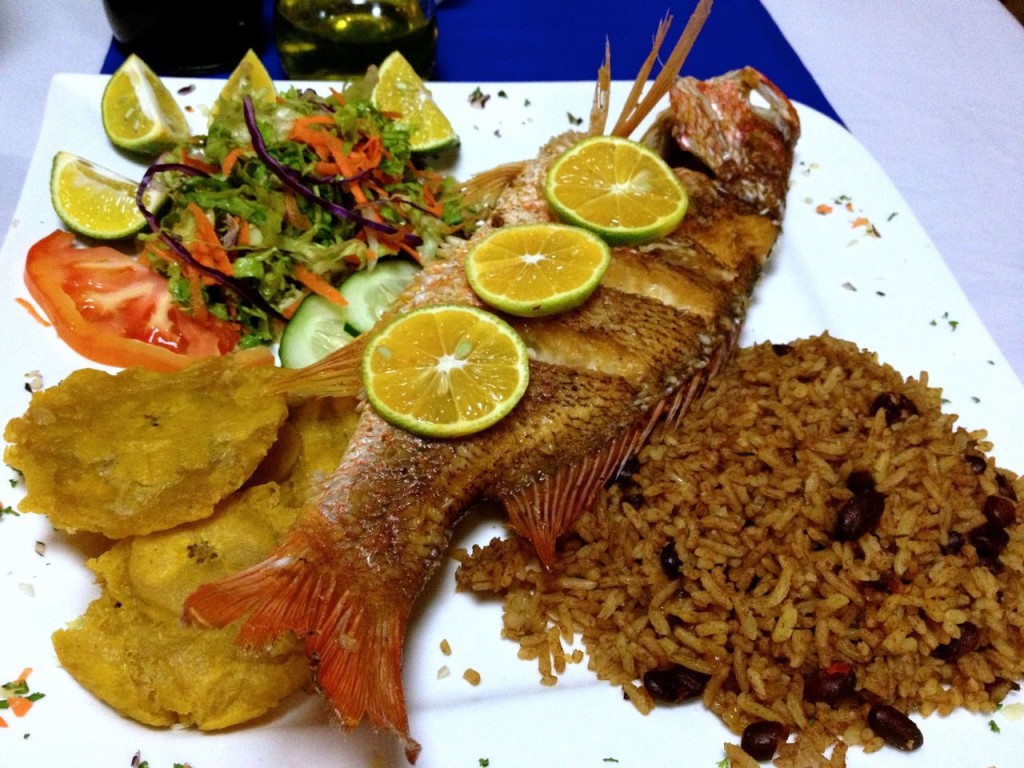
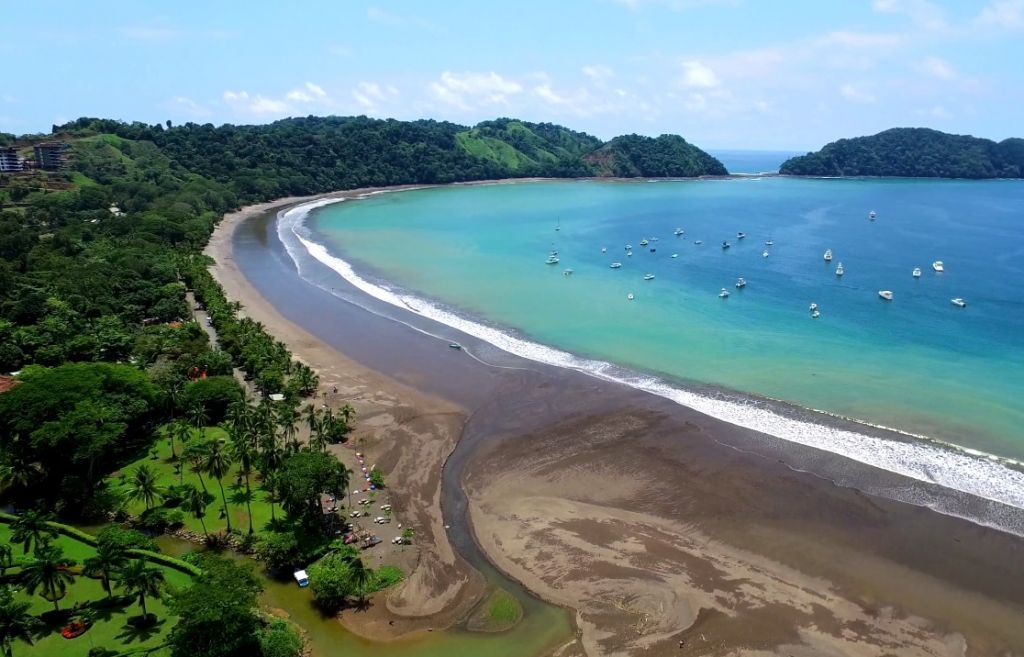




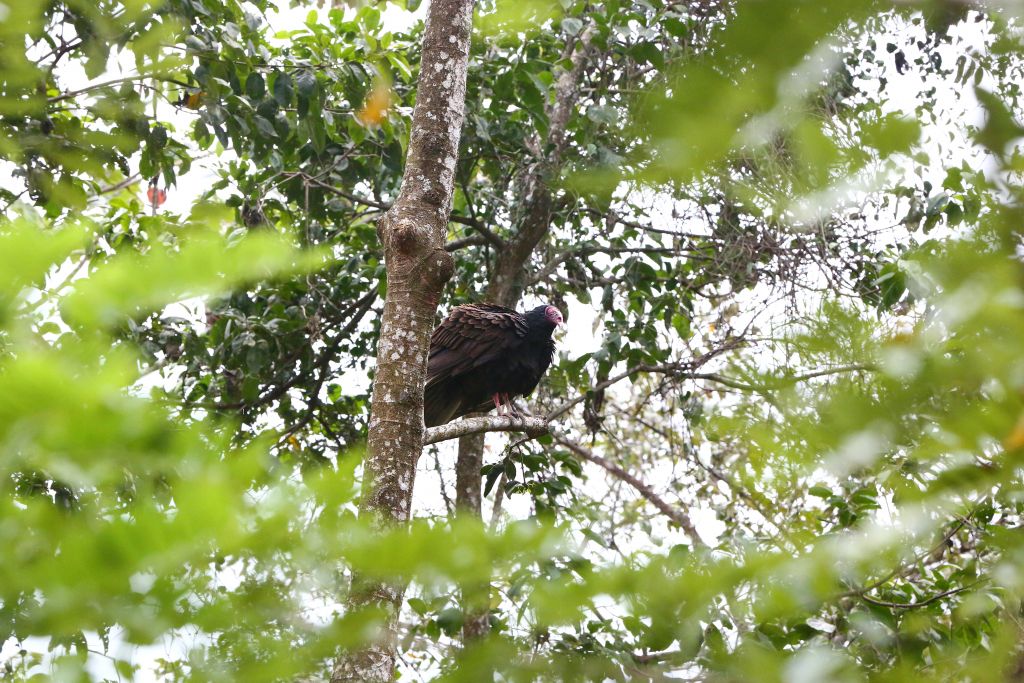

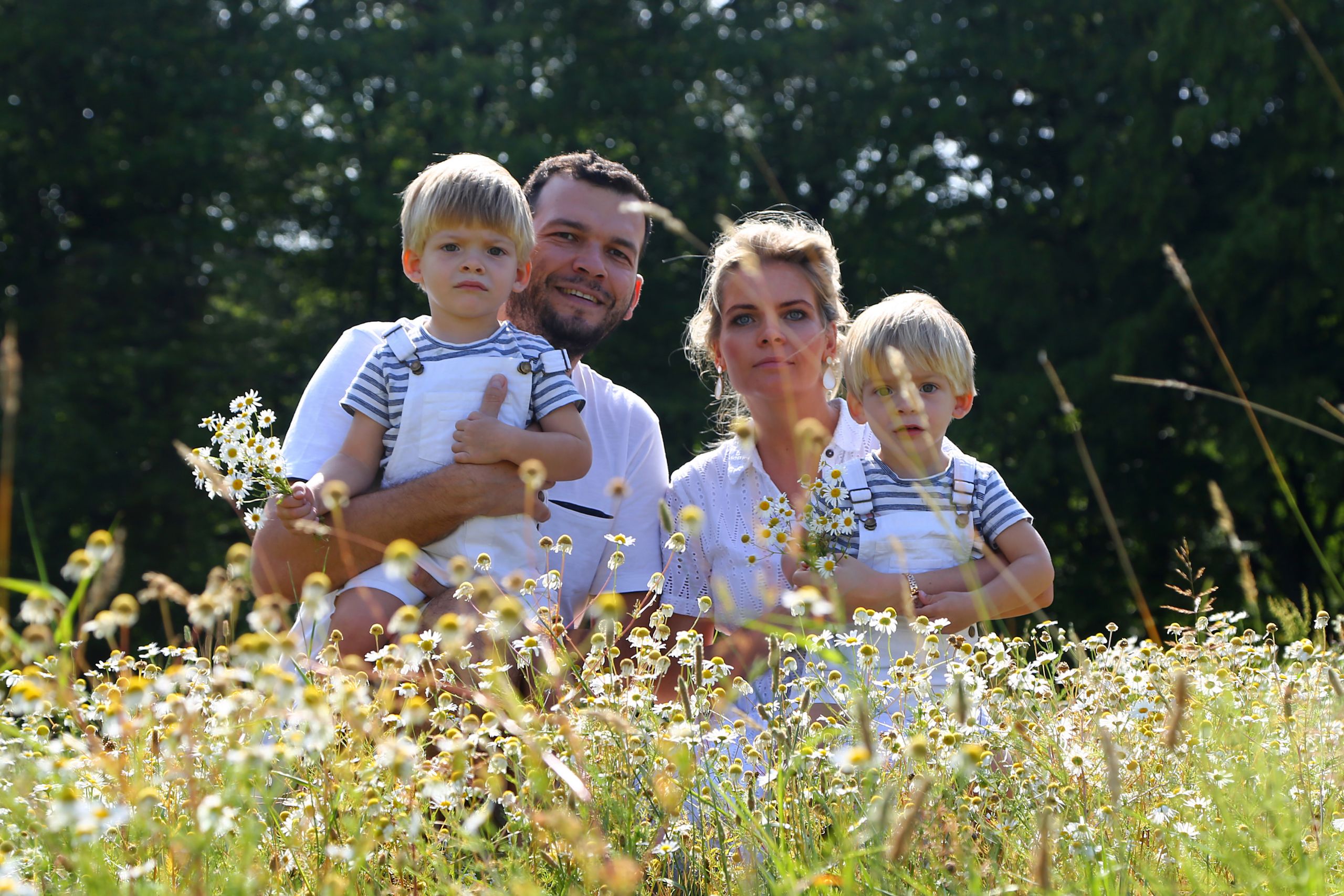

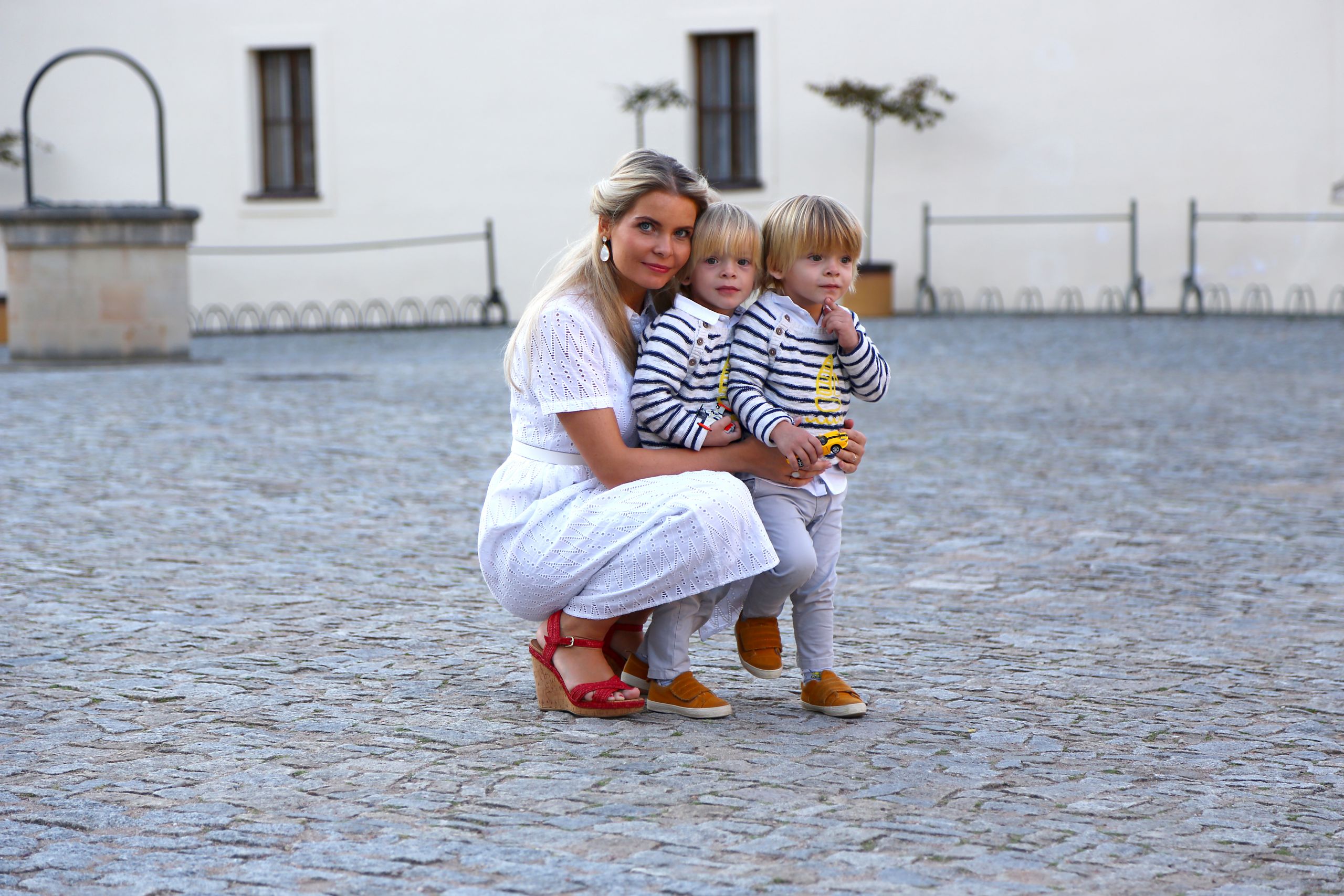

Leave A Comment